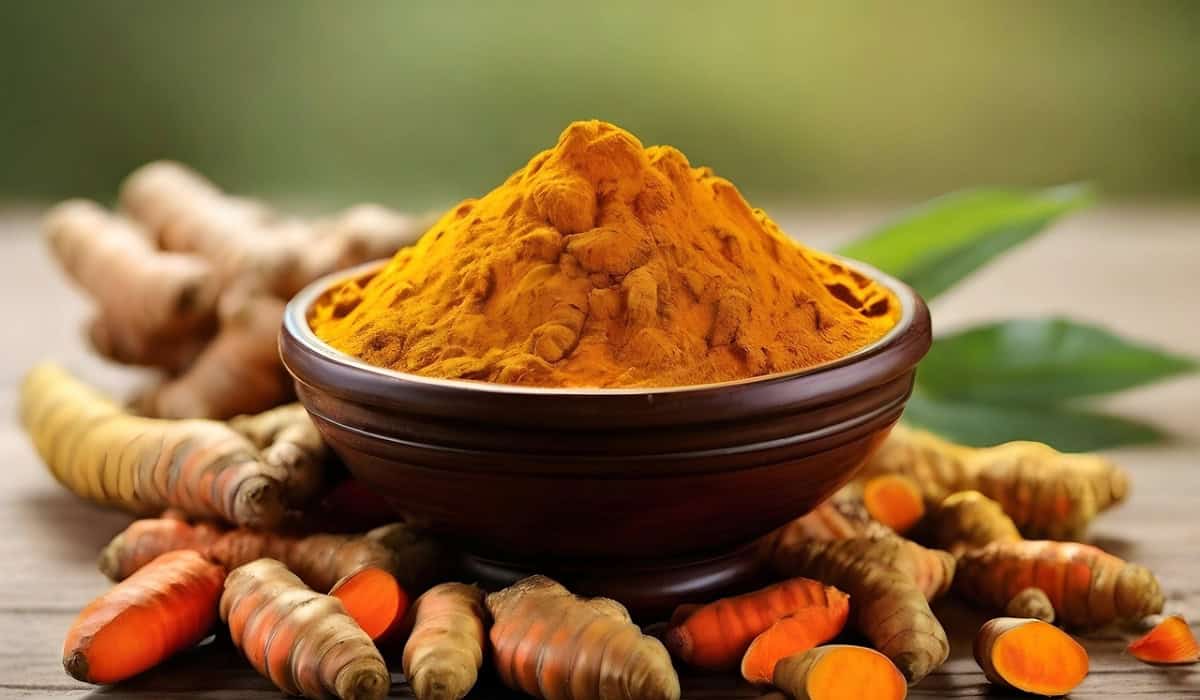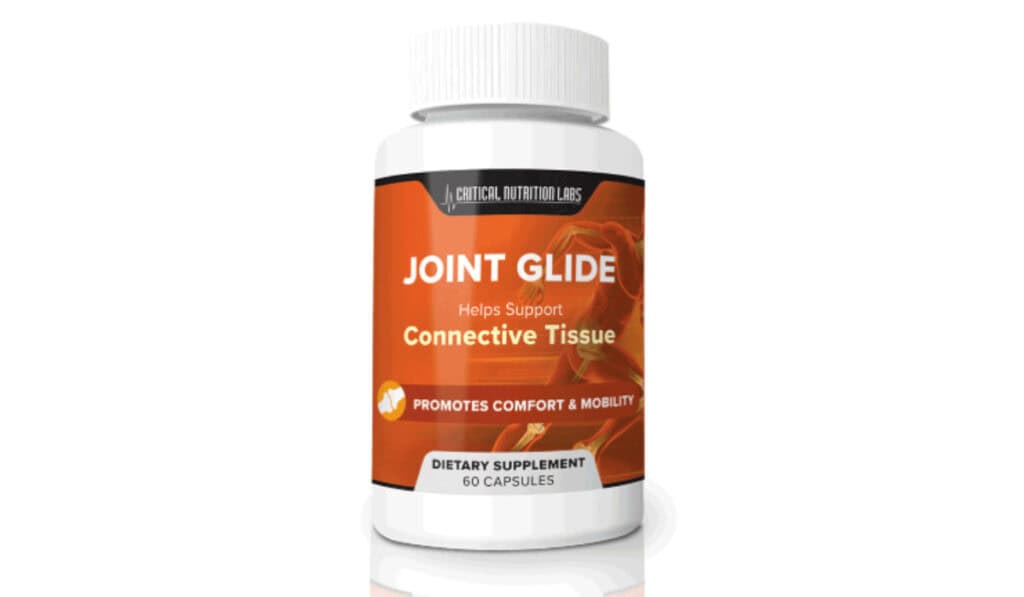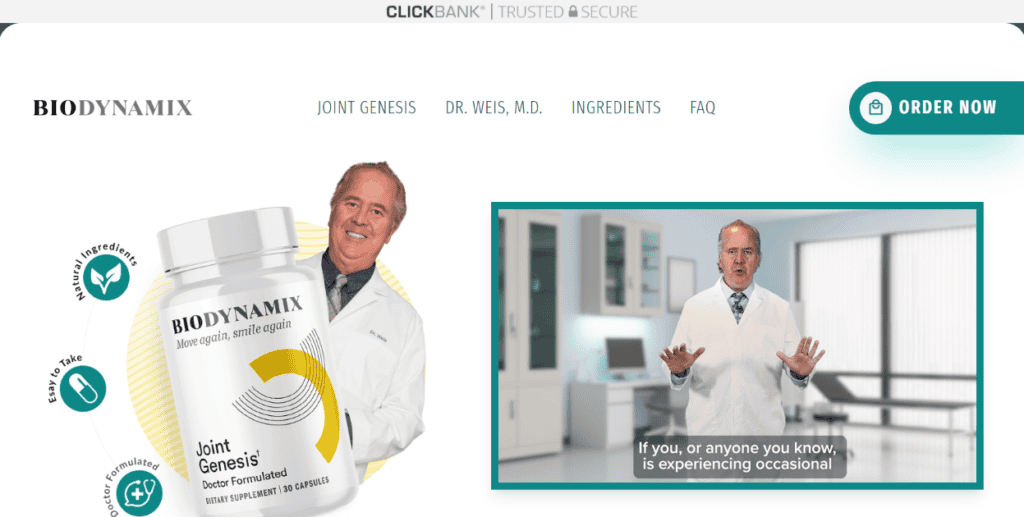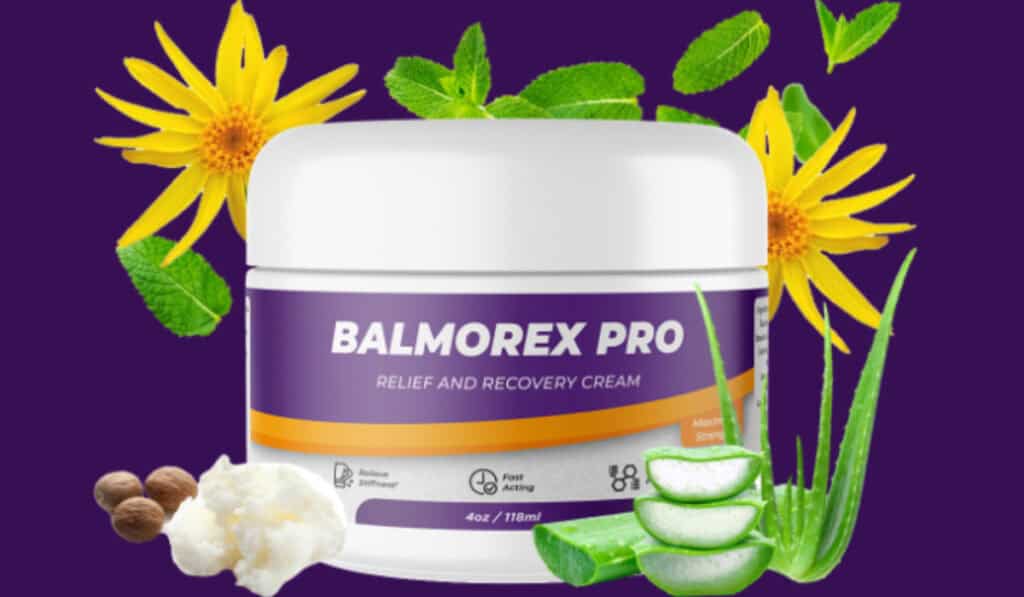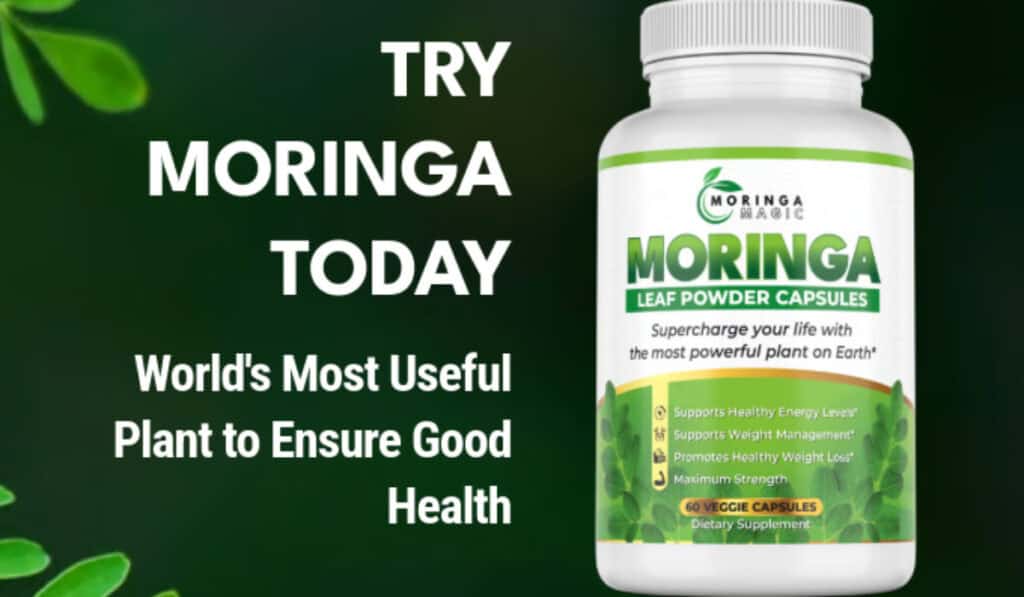Benefits Bioavailability and Safety Considerations – A Comprehensive Guide
Exploring the natural remedies for joint health, turmeric and curcumin emerge as potent allies. Hailing from the ginger family, these components have been used for centuries, not just as culinary spices but also for their medicinal properties. This guide dives deep into how these elements can support joint health, the importance of their bioavailability, and the safety considerations you should be aware of. Whether you’re looking to enhance your wellness routine or seeking alternatives for joint discomfort, understanding turmeric and curcumin’s roles opens new avenues for natural health support.
As dietary supplements, turmeric and curcumin have seen a surge in popularity, thanks to growing research supporting their health benefits. However, navigating the myriad of supplements available can be daunting. From understanding the significance of bioavailability to recognizing safe dosages and potential interactions with medications, this comprehensive guide aims to arm you with the knowledge needed to make informed decisions. By integrating turmeric and curcumin into your wellness routine thoughtfully, you can potentially unlock natural paths to improved joint health and overall well-being.
This guide is structured to address the myriad aspects of utilizing turmeric and curcumin for joint health. From unveiling the science behind their anti-inflammatory and antioxidant properties to discussing the challenges in maximizing their absorption, every section is designed to provide you with a holistic view. Safety considerations are also a major focus, ensuring you can embrace these natural remedies with confidence. Let’s embark on this journey to discover how turmeric and curcumin can contribute to your joint wellness and overall health.
Introduction to Turmeric and Curcumin
Turmeric, a bright yellow spice known for its bold flavor and vibrant color, is a cornerstone of traditional medicine and culinary practices in many cultures. It belongs to the ginger family, a group of plants celebrated not only for their distinctive tastes but also for their health-supporting properties. The magic of turmeric lies in curcumin, its active component, renowned for its anti-inflammatory and antioxidant capabilities.
Curcumin, while being the most potent and beneficial compound of turmeric, faces challenges in bioavailability when consumed. Despite this, the widespread use of turmeric and curcumin as dietary supplements continues to grow, as research unfolds their potential health benefits. This introduction lays the foundation for understanding how these natural substances can play a crucial role in maintaining and enhancing joint health, setting the stage for a deeper exploration of their properties.
Unveiling the Power of Turmeric and Curcumin
The component of turmeric that has captured the attention of the scientific and wellness communities is curcumin. Its power in supporting health, particularly joint health, is immense, promising a natural approach to managing inflammation and oxidative stress, key factors in joint discomfort and degeneration.
What Makes Turmeric an Essential Herb for Joint Health?
Turmeric’s reputation as an essential herb for joint health stems from its anti-inflammatory and antioxidant properties. These health benefits are crucial in managing joint pain and preventing further damage. By reducing inflammation, turmeric helps alleviate the discomfort associated with joint issues, offering a natural remedy to enhance quality of life.
Moreover, the antioxidants in turmeric protect the body’s cells from damage caused by free radicals. This is especially beneficial for joints, as oxidative stress can accelerate the deterioration of joint tissues. Integrating turmeric into your diet or supplement regimen can thus play a significant part in maintaining joint health and mobility.
The Science Behind Curcumin: Its Role and Efficacy
Curcumin, the active component of turmeric, works at the molecular level to combat inflammation and oxidative stress, two major culprits behind joint discomfort and degeneration. Its efficacy lies in its ability to modulate biological pathways involved in inflammation, making it a powerful tool for managing joint health.
Despite its potent health benefits, curcumin’s low natural bioavailability poses a challenge, necessitating specific strategies to enhance its absorption. Understanding these mechanisms is key to harnessing curcumin’s full potential, ensuring that individuals seeking relief from joint issues can effectively benefit from its properties.
The Health Benefits of Turmeric and Curcumin for Joints
The health benefits of turmeric and curcumin for joints are wide-ranging and impactful. By leveraging their anti-inflammatory and antioxidant capabilities, they offer a natural, effective approach to managing joint health, promising relief and support for those affected by joint discomfort and degenerative conditions.
Curcumin’s Anti-Inflammatory Properties and Joint Health
Curcumin’s ability to reduce oxidative stress and inflammation is particularly beneficial for joint health. These properties make it a valuable ally in combating the underlying causes of joint pain and discomfort, offering hope for improved mobility and quality of life.
How Curcumin Fights Inflammation at the Molecular Level
At the molecular level, curcumin targets multiple steps in the inflammation pathway. Its ability to inhibit key enzymes and cytokines involved in inflammation means it can effectively reduce swelling and pain associated with joint conditions. This targeted action is what makes curcumin an increasingly popular choice for those seeking natural remedies for joint discomfort.
Furthermore, curcumin’s impact extends beyond just managing existing inflammation. By preventing the activation of certain inflammatory pathways, it also offers a preventive approach to joint health, potentially slowing the progression of joint deterioration and enhancing overall joint function.
Turmeric’s Role in Enhancing Antioxidant Capacity
By boosting the body’s antioxidant capacity, turmeric plays a crucial role in protecting joints from oxidative stress. This not only helps in managing current joint conditions but also in preventing further damage.
Protecting Joints from Oxidative Stress with Turmeric
Turmeric’s antioxidants neutralize free radicals, harmful molecules that can lead to cell damage and play a role in joint deterioration. This protective effect is vital in preserving joint health and function, making turmeric a key component in natural joint care strategies.
Additionally, by enhancing the body’s own antioxidant enzymes, turmeric ensures a comprehensive defense against oxidative stress, further supporting joint health and contributing to overall wellbeing. This dual action of direct neutralization and boosting the body’s defenses underscores turmeric’s value in a holistic approach to joint care.
The Impact of Turmeric and Curcumin on Arthritis Symptoms
The anti-inflammatory properties of turmeric and curcumin have a direct impact on arthritis symptoms, significantly reducing pain and improving mobility for many sufferers.
Clinical Studies: Turmeric’s Effectiveness in Reducing Arthritis Pain
Clinical studies have demonstrated turmeric’s effectiveness in reducing pain associated with arthritis. By targeting inflammatory cytokines, turmeric not only reduces inflammation but also directly contributes to reducing pain, offering a natural alternative to traditional pain management approaches.
This effect is further enhanced when turmeric is used regularly, suggesting that consistent intake can yield significant improvements in arthritis symptoms. Such findings underscore the potential of turmeric as a complement or alternative to conventional treatments, highlighting its importance for individuals seeking natural relief from arthritis pain.
Enhancing Bioavailability of Turmeric and Curcumin
Maximizing the health benefits of turmeric and curcumin for joint health necessitates enhancing their bioavailability, a key challenge given curcumin’s naturally low absorption rate.
Challenges in Curcumin Absorption
The primary obstacle in leveraging curcumin’s joint health benefits is its poor natural absorption. Addressing this challenge is crucial for effective supplementation.
The Importance of Bioavailability for Joint Health Benefits
Enhancing curcumin’s bioavailability is essential to unlock its full potential for joint health. Strategies such as combining curcumin with piperine, found in black pepper, have been shown to significantly increase absorption, ensuring that the health benefits of curcumin are not lost due to poor bioavailability.
This focus on bioavailability is not just about maximizing absorption but also about ensuring that the therapeutic levels of curcumin reach the joints where they can exert their beneficial effects. Understanding and applying these strategies can greatly enhance the efficacy of turmeric and curcumin supplements, making them a powerful tool in the natural management of joint health.
Strategies to Increase Curcumin Bioavailability
One significant challenge in harnessing the full potential of turmeric for joint health is enhancing how well the body absorbs curcumin. Since curcumin is not naturally well-absorbed, finding effective strategies to boost its bioavailability is crucial for maximizing its health benefits. Various methods, including formulation technologies and combining curcumin with other substances, have been explored to overcome this hurdle.
Combining Turmeric with Piperine: A Synergistic Approach
One of the most effective strategies to increase the bioavailability of curcumin involves combining it with piperine, a compound found in black pepper. Piperine has been shown to significantly enhance how well the body absorbs curcumin, making it more available to exert its beneficial effects on joint health. This synergistic combination works by inhibiting certain metabolic processes that normally reduce the concentration of curcumin in the body, thereby allowing higher levels to be maintained.
Research indicates that when curcumin is taken with piperine, its bioavailability can increase by up to 2000%. This dramatic enhancement means that smaller doses of curcumin can be used to achieve the desired therapeutic effects, reducing the risk of potential side effects. This approach not only makes supplementation more efficient but also more cost-effective for individuals seeking relief from joint discomfort and inflammation.
Safety Considerations and Potential Interactions
While turmeric and curcumin are generally safe for most people, it’s important to be aware of potential interactions and side effects. Some individuals might experience mild adverse effects such as nausea, especially when taking high doses. Understanding the safety profile of turmeric or curcumin supplements and consulting with a healthcare provider before starting any new supplement regimen is essential.
Understanding the Safety Profile of Turmeric and Curcumin
Overall, turmeric and curcumin have a good safety profile. Most people can take these supplements without experiencing severe adverse effects. However, as with any supplement, there are recommended dosages for joint health that should not be exceeded to avoid potential side effects.
Recommended Dosages for Joint Health
For joint health, specific dosages of turmeric or curcumin have been suggested based on clinical studies. Typically, doses ranging from 500 to 2000 mg of curcumin per day, divided over two to three doses, are considered effective and safe. It’s crucial to start with the lower end of the dosage range and gradually increase it to assess your tolerance and response to the supplement.
Furthermore, high-quality curcumin supplements often include piperine to enhance bioavailability, which means the effective dose needed for joint health benefits might be lower. Always look for supplements that specify the amount of curcuminoids they contain and check for the inclusion of piperine or other bioavailability enhancers. Remember, the best time to take these supplements is with meals that contain fat, as curcumin is fat-soluble, improving its absorption.
Turmeric’s Interaction with Medications
It’s important to note that turmeric can interact with certain medications, including blood thinners and drugs that reduce stomach acid. Such interactions might enhance the effects of these medications, increasing the risk of bleeding or causing other complications. Always consult a healthcare provider before adding turmeric to your routine, especially if you are taking prescription medications.
Medications and Conditions That May Interact with Turmeric
Specific medications that may interact with turmeric include anticoagulants and antiplatelet drugs, which can lead to an increased risk of bleeding. People on diabetes medication should also exercise caution, as turmeric might enhance the effects of these drugs, potentially leading to hypoglycemia. Additionally, turmeric may interfere with the effectiveness of certain chemotherapy drugs.
Those with gallbladder disease should avoid turmeric supplements, as they can exacerbate gallbladder issues. Similarly, individuals scheduled for surgery should discontinue turmeric supplements at least two weeks before the procedure due to its blood-thinning properties. Always disclose your use of turmeric or any other supplements to your healthcare provider to avoid adverse interactions.
Special Precautions for Individuals with Specific Health Conditions
While turmeric offers numerous health benefits, individuals with certain conditions need to exercise caution. For example, people with bile duct obstruction or liver disease should avoid turmeric supplements, as they can exacerbate these conditions. Similarly, individuals with hormone-sensitive conditions should be cautious, as turmeric might act as an estrogen.
Pregnant and breastfeeding women are typically advised to stick to dietary turmeric rather than supplements, as the safety of high doses during these periods is not well-established. Ultimately, while turmeric and curcumin can support joint health among other benefits, individual health considerations should guide their use.
The Role of Turmeric and Curcumin in Overall Health
Studies suggest that curcumin can significantly impact overall health by improving the bioavailability of curcumin, reducing inflammatory markers, and relieving pain associated with various conditions. Its effects on anthropometric indices and liver enzymes have also been noted, particularly in patients with non-alcoholic fatty liver disease, highlighting its potential in supporting liver health and managing body weight.
Beyond Joints: Turmeric’s Broader Health Benefits
Turmeric extracts, rich in curcumin, offer a range of health benefits beyond joint support. Despite the potential for adverse effects, these are generally mild and occur infrequently. The antioxidant and anti-inflammatory properties of turmeric can contribute to heart health, cancer prevention, and more, making it a versatile supplement for overall wellness.
Curcumin’s Potential in Supporting Heart Health and Preventing Cancer
Curcumin’s antioxidant and anti-inflammatory properties extend its benefits to heart health by improving endothelial function and reducing the risk of heart disease. Its ability to decrease inflammation and oxidative stress is believed to play a role in cancer prevention as well, with studies showing it can affect cancer growth, development, and spread at the molecular level.
Moreover, curcumin supplementation has been associated with a reduced risk of several diseases, including heart disease, Alzheimer’s, and certain types of cancer, by modulating various molecular pathways involved in these conditions. This highlights the potential of curcumin not only in disease prevention but also as a complementary approach in disease management.
Addressing Common Concerns: FAQs on Turmeric and Curcumin
Many people have questions about the beneficial effects of turmeric and curcumin, particularly regarding the correct daily dosage, the best time to take them, and who should avoid these supplements. It’s important to address these concerns to ensure safe and effective use.
Daily Dosage, Best Time to Take, and Who Should Avoid Turmeric
The recommended daily dosage of curcumin for joint health is typically between 500 and 2000 mg, with adjustments made based on individual response and tolerance. Taking these supplements with meals containing fats can enhance their absorption due to curcumin’s fat-soluble nature. The best time for consumption is divided throughout the day with meals to maximize bioavailability.
While turmeric and curcumin are safe for most people, individuals with certain conditions such as gallbladder disease, bleeding disorders, diabetes, or those on specific medications should consult a healthcare provider before use. Pregnant and breastfeeding women should also seek medical advice, as should individuals scheduled for surgery, due to turmeric’s blood-thinning properties.
Choosing the Right Turmeric and Curcumin Supplements
Selecting the right turmeric and curcumin supplements is crucial for achieving the desired health benefits. Quality, bioavailability enhancers, and the presence of additives are important factors to consider. Ensuring that the supplement contains a significant amount of bioactive compounds will help in realizing the full potential of turmeric and curcumin for joint health and overall wellness.
Look for supplements that specify the curcuminoid content and include piperine or other bioavailability enhancers to ensure efficient absorption. Avoid products with unnecessary additives, fillers, or those that do not provide clear labeling regarding their curcumin content. Opting for products tested for purity and potency by third-party organizations can also provide additional assurance of their quality and effectiveness.
Key Factors to Consider When Selecting Supplements
When choosing turmeric and curcumin supplements, paying attention to inflammatory cytokines levels can be beneficial. Supplements that effectively reduce these markers can provide significant relief from joint pain and inflammation, making them a pivotal consideration for individuals suffering from arthritis or other inflammatory conditions.
Understanding Labels: Potency, Purity, and Additives
When you’re choosing turmeric supplements, it’s essential to understand the labels to ensure you’re getting a quality product. Look for supplements that specify the amount of curcumin, as this is the active ingredient that contributes to joint health. Potency is key, but so is purity. High-quality supplements are free from unnecessary additives, which can interfere with the effectiveness of curcumin. Additionally, some products may include beneficial additives, like piperine, which enhances curcumin’s bioavailability.
Another aspect to consider is the purity of the product. Turmeric’s yellow color is not only appealing but also a marker of its natural state. However, not all supplements maintain this natural composition. Ensure the product is tested for heavy metals and contaminants to safeguard your health. By carefully examining potency, purity, and additives on the label, you can make an informed choice that aligns with your wellness goals.
The Future of Turmeric and Curcumin Research
As we look to the future, the scope of research on turmeric and curcumin is expanding. Scientists are delving deeper into the molecular mechanisms through which curcumin exerts its effects, with a particular focus on joint health. Research is needed to fully unravel how curcumin can be optimized for better absorption and efficacy. This includes exploring various formulations and delivery systems that enhance its bioavailability and therapeutic potential. The goal is to maximize the benefits of curcumin for individuals suffering from joint pain and stiffness.
Furthermore, the potential for new therapeutic uses of curcumin in areas beyond joint health is a promising horizon. Researchers are investigating curcumin’s role in cancer treatment, its ability to improve lipid profiles, and its impact on the overall inflammatory response in the body. These studies aim to provide a robust scientific foundation that supports the use of curcumin in managing various health conditions, thus broadening its application in the medical field.
Emerging Studies and Their Implications for Joint Health
Recent research shines a light on curcumin for osteoarthritis and its potential to alleviate pain and stiffness in joints. A controlled study highlighted curcumin’s ability to reduce c-reactive protein levels, an indicator of inflammation in the body. This finding underscores the importance of ongoing research in validating the efficacy and safety of curcumin as a natural remedy. As studies continue to emerge, they pave the way for integrating curcumin into treatment plans for those seeking relief from joint discomfort.
The Potential for New Therapeutic Uses of Curcumin
The exploration of curcumin’s therapeutic potential is gaining momentum. Scientists are particularly excited about its anti-inflammatory and antioxidant properties, which suggest a broad range of medical applications. Curcumin inhibits key molecules involved in inflammation, offering hope for not just those with joint issues but also for individuals dealing with chronic conditions where inflammation is a core problem. This includes potential roles in managing heart health and even preventing certain types of cancer.
Additionally, the combination of curcumin with other substances, such as fatty acids, is being studied for synergistic effects that could enhance its efficacy. These studies not only validate the traditional uses of curcumin but also open new avenues for its application in modern medicine. As research progresses, the full spectrum of curcumin’s health benefits will likely become a cornerstone in both preventative and therapeutic health strategies.
Conclusion: Embracing Turmeric and Curcumin for Joint Wellness
Embracing turmeric and curcumin for joint wellness means recognizing their potential to support joint health in a holistic manner. These natural compounds offer a promising alternative for individuals looking for ways to manage joint pain without relying solely on conventional medications. As research continues to validate the efficacy of turmeric and curcumin, incorporating these into your wellness routine could be a game-changer for improving quality of life and mobility.
However, it’s important to approach this natural remedy with an informed perspective. Always consult your health care provider before adding turmeric supplements to your regimen, especially if you have existing health conditions or are taking medications. By doing so, you ensure that you’re using turmeric and curcumin safely and effectively, paving the way for better joint health and overall well-being.
Integrating Turmeric and Curcumin into Your Wellness Routine
Incorporating turmeric and curcumin into your daily routine can be a simple yet effective step towards enhancing your joint health. Whether it’s through dietary sources or high-quality supplements, these powerful compounds can offer relief from joint pain and stiffness, especially for older adults. Remember, consistency is key to experiencing their full benefits. For personalized advice, consult your health care provider to tailor a plan that suits your specific health needs.
The Importance of a Holistic Approach to Joint Health
A holistic approach to managing joint health encompasses more than just addressing symptoms; it involves nurturing your body from the inside out. This includes a balanced diet rich in anti-inflammatory foods, regular physical activity tailored to your ability level, and incorporating natural supplements like turmeric and curcumin. By adopting a comprehensive wellness strategy, you not only ease joint discomfort but also contribute to your overall health and longevity.
Remember, while turmeric and curcumin hold significant potential for joint health, they’re most effective when part of a broader health strategy. Always seek medical advice before starting any new supplement, particularly if you have pre-existing health conditions. With the right approach, you can harness the power of these natural compounds to support your journey toward optimal joint health and wellness.

